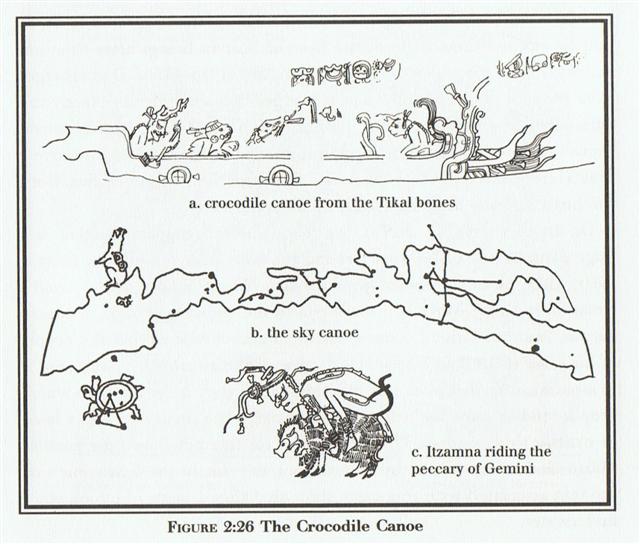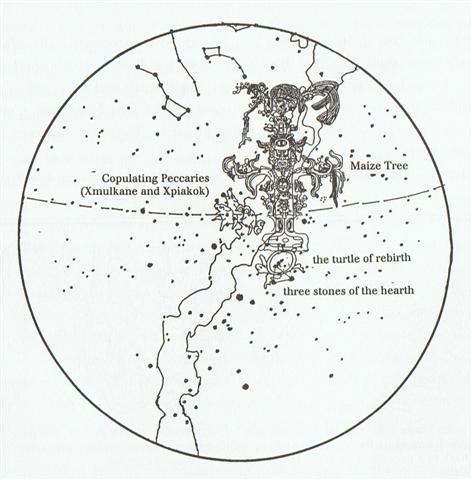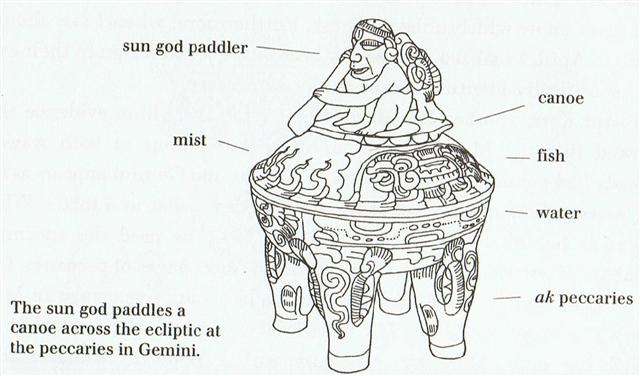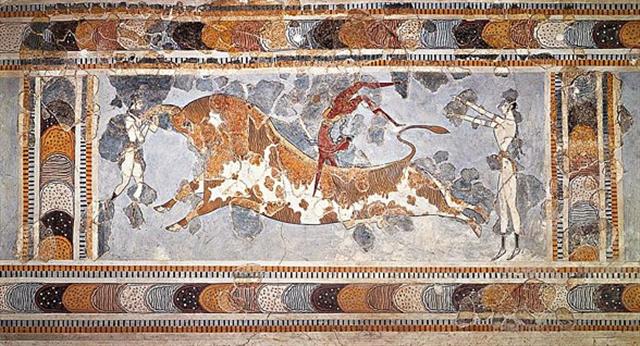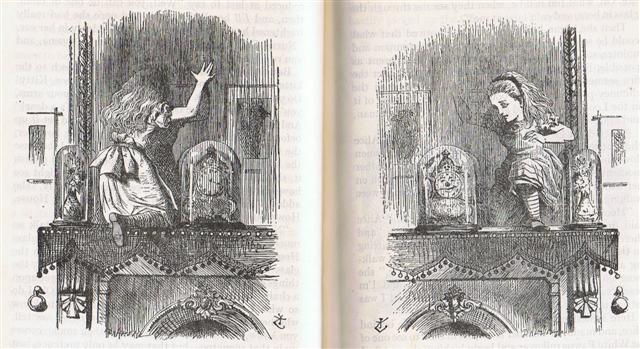441. To repeat:
|
kua tuu tona
mea |
te henua |
te hau tea |
mauga hua - te
henua |
|
Mea.
1. Tonsil, gill (of fish). 2.
Red (probably because it is the
colour of gills); light red,
rose; also meamea. 3. To
grow or to exist in abundance in
a place or around a place:
ku-mea-á te maîka, bananas
grow in abundance (in this
place); ku-mea-á te ka,
there is plenty of fish (in a
stretch of the coast or the
sea); ku-mea-á te tai,
the tide is low and the sea
completely calm (good for
fishing); mau mea,
abundance. Vanaga. 1. Red;
ata
mea, the dawn.
Meamea, red, ruddy,
rubricund, scarlet, vermilion,
yellow;
ariga meamea, florid;
kahu meamea purple;
moni meamea, gold;
hanuanua meamea,
rainbow;
pua
ei meamea, to make
yellow.
Hakameamea, to
redden, to make yellow. PS Ta.:
mea, red. Sa.:
memea, yellowish
brown, sere. To.:
memea, drab. Fu.:
mea, blond,
yellowish, red, chestnut. 2. A
thing, an object, elements (mee);
e mea, circumstance;
mea ke, differently,
excepted, save, but;
ra
mea, to belong;
mea
rakerake, assault;
ko
mea, such a one;
a
mea nei, this;
a
mea ka, during;
a
mea, then;
no
te mea, because,
since, seeing that;
na
te mea, since;
a
mea era, that;
ko
mea tera, however,
but.
Hakamea, to prepare,
to make ready. P Pau., Mgv.,
Mq., Ta.:
mea, a thing. 3. In
order that, for. Mgv.:
mea, because, on
account of, seeing that, since.
Mq.:
mea, for. 4. An
individual;
tagata mea,
tagata mee, an
individual. Mgv.:
mea, an individual,
such a one. Mq., Ta.:
mea, such a one. 5.
Necessary, urgent;
e
mea ka, must needs
be, necessary;
e
mea, urgent. 6.
Manners, customs. 7. Mgv.:
ako-mea, a red fish.
8. Ta.:
mea, to do. Mq.:
mea, id. Sa.:
mea, id. Mao.:
mea, id. Churchill. |
 |
 |
 |
 |
|
Ca4-13 → 14 * 29½ |
Ca4-14 (90) |
Ca4-15 (364 / 4) |
Ca4-16 (92) |
|
CLOSE TO THE FULL MOON: |
|
June 18
η Leporis (89.0),
PRAJA-PĀTI
(Lord of Created Beings) = δ
Aurigae,
MENKALINAN (Shoulder of the
Rein-holder) = β Aurigae,
MAHASHIM (Wrist) = θ Aurigae,
and γ Columbae
(89.3), π Aurigae (89.4), η
Columbae (89.7
*48 = *89.4 - *41.4 |
19
μ Orionis (90.3), χ² Orionis
(90.5) |
20 (171)
6h (91.3)
ν Orionis (91.4), θ Columbae
(91.5), π Columbae (91.6)
*50 = *91.4 - *41.4 |
SOLSTICE
ξ Orionis (92.5) |
|
FEBR 17 (89 - 41) |
18 |
19 (50) |
20 |
 |
|
te hau tea |
tupu te rakau
- te henua |
te hau tea |
tupu te rakau |
|
Rakau.
Raau,
medicine, remedy, drug.
Ra'a'u, scratch on the skin.
Rakau, a plant. Râkau,
goods, property. Vanaga. 1.
Wood; rakau ta, cudgel,
stick. P Pau.: rakau,
tree, to dress a wound. Mgv.:
rakau, wood, timber, a tree;
medicine, a remedy; an object.
Mq.: ákau, wood, tree.
Ta.: raáu, id. 2.
Medicine, remedy, potion,
ointment, furniture, any
precious object, resources,
baggage, riches, heritage,
dowry, merchandise, treasure,
wealth; rakau hakaneinei,
purgative; rakau nui,
rich, opulent; rakau kore,
poor, beggar, indigent,
miserable, an inferior;
hakakamikami ki te rakau, to
impoverish; rakau o te miro,
ballast. Mq.: akau,
anything in general. The
medicine sense is particularized
in Tonga, Nukuoro, Hawaii,
Tahiti, Mangareva, Paumotu. In
no other speech does wood stand
so fully for wealth of
possessions, but it will be
recalled that Rapanui is
destitute of timber and depends
wholly upon driftwood.
Churchill. |
 |
 |
 |
 |
|
Ca4-17 |
Ca4-18 |
Ca4-19 |
Ca4-20 (96) |
|
CLOSE TO THE FULL MOON: |
|
June 22 (173)
Al Han'ah-4 (Brand) /
Maru-sha-pu-u-mash-mashu-7
(Front of the Mouth of the
Twins)
TEJAT PRIOR = η Gemini
(93.4), γ Monocerotis (93.5), κ
Aurigae (93.6), κ Columbae
(93.8)
*52 = *93.4 - *41.4 |
23
FURUD = ζ Canis Majoris (94.9) |
ST JOHN'S DAY
Well-22 (Tapir) /
Arkū-sha-pu-u-mash-mashu-8
(Back of the Mouth of the
Twins)
δ Columbae (95.2),
TEJAT POSTERIOR = μ Gemini,
MIRZAM (The Roarer) = β Canis Majoris
(95.4),
CANOPUS = α Carinae
(95.6), ε Monocerotis (95.7), ψ1
Aurigae (95.9)
*54 = *95.4 - *41.4 |
25
no star listed (96) |
|
'May 26 |
27 |
28 |
29 |
|
"May 12 |
13 |
14 |
15 |
|
APRIL 19 |
20 |
21 |
22 |
|
FEBR 21 |
22 (53 = 174 - 141) |
TERMINALIA |
BISSEXTUM |
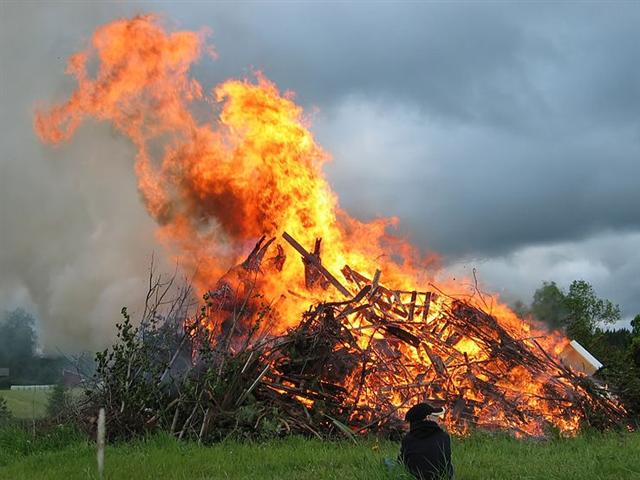 |
|
ihe pepe rere |
ka rere ki
tona nohoga |
te moko |
manu rere |
tupu te rakau |
|
Pepe.
1. A sketch. 2. Bench, chair,
couch, seat, sofa, saddle;
here pepe, mau pepe,
to saddle; noho pepe, a
tabouret. Pepepepe,
bedstead. 3. Pau.: butterfly.
Ta.: pepe, id. Mq.:
pepe, id. Sa.: pepe,
id. Ma.: pepe, a moth;
pepererau, fin, Mgv.:
pererau, wing. Ta.:
pereraru, id. Ma.:
parirau, id. Churchill.
Sa.: pepe, a butterfly, a
moth, to flutter about. Nukuoro,
Fu., Niuē,
Uvea, Fotuna, Nuguria, Ta., Mq.:
pepe,
a butterfly. Ma.: pepe,
a grup, a moth;
pepepepe,
a butterfly; pepeatua,
a species of butterfly. To.:
bebe,
a butterfly. Vi.:
mbèbè,
a butterfly. Rotumā:
pep,
id. Churchill 2. Mq.:
Pepepepe, low, flat. Ha.:
pepepe, id. Churchill. |
 |
 |
 |
 |
 |
|
Ca4-21 |
Ca4-22 |
Ca4-23 |
Ca4-24 (100) |
Ca4-25 |
|
June 26 |
27 |
28 |
29 (180) |
(*101) SIRIUS |
|
... The Sothic cycle was based
on what is referred to in
technical jargon as 'the
periodic return of the heliacal
rising of Sirius', which is the
first appearance of this star
after a seasonal absence, rising
at dawn just ahead of the sun in
the eastern portion of the sky.
In the case of Sirius the
interval between one such rising
and the next amounts to
exactly 365.25 days - a
mathematically harmonious
figure, uncomplicated by further
decimal points, which is just
twelve minutes longer than the
duration of the solar year
...
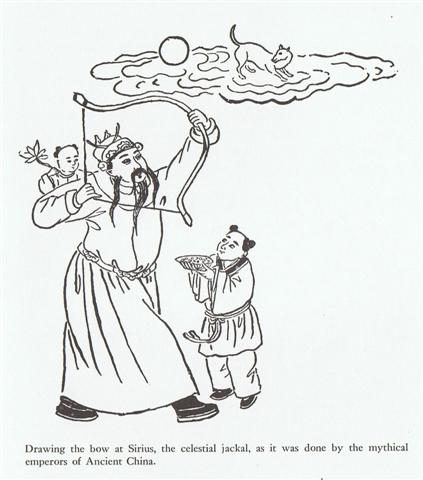 |
|
erua tamaiti |
kua vaha te mago
erua |
 |
 |
 |
 |
|
Ca4-26 |
Ca4-27 (78 + 25) |
Ca4-28 (104) |
Ca4-29 |
|
CLOSE TO THE FULL MOON: |
|
July 1 (182 = 157 + 25)
τ Puppis (102.2), ψ7 Aurigae (102.4)
*61 = *102.4 - *41.4 |
2 (*103 = *78 + *25)
Mash-mashu-sha-Risū-9 (Twins of
the Shepherd)
θ Gemini (103.0), ψ8 Aurigae
(103.2),
ALHENA = γ Gemini
(103.8), ψ9 Aurigae (103.9) |
3
ADARA (Virgins) = ε Canis Majoris
(104.8) |
4 (185)
ω Gemini (105.4),
ALZIRR (Button) = ξ Gemini
(105.7),
MULIPHEIN (Oaths) = γ Canis Majoris
(105.8),
MEKBUDA (Contracted) = ζ Gemini
(105.9)
*64 = *105.4 - *41.4 |
|
... Al Maisān, the title of
γ
Geminorum [Alhena], by some error of
Firuzabadi was applied to this star
[Heka in Orion] as Meissa,
and is now common for it. Al Sufi
called it Al Tahāyī; but Al
Ferghani and Al Tizini knew it as
Rās al Jauzah, the Head of the
Jauzah, which it marks. The original
Arabic name, Al Hak'ah, a
White Spot, was from the added faint
light of the smaller
φ¹and
φ²
in the background, and has descended
to us as Heka and Hika.
These three stars were another of
the Athāfiyy [tripods used
for cooking] of the Arabs; and
everywhere in early astrology were
thought, like all similar groups, to
be of unfortunate influence in human
affairs. They constituted the
Euphratean lunar station
Mas-tab-ba-tur-tur, the Little
Twins, a title also found for
γ
[Alhena] and
η
Geminorum [Tejat Prior]; and
individually were important stars
among the Babylonians, rising to
them with the sun at the summer
solstice, and, with
α
and
γ,
were known as Kakkab Sar, the
Constellation of the King
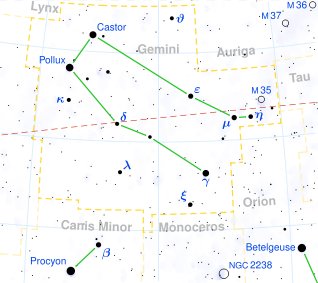 |
|
'June 4
(132 + 23) |
5 (156) |
6 (314 / 2) |
7 |
|
"May 21 (118 + 23) |
22 (142 = 156 - 14) |
23 |
24 (12 * 12) |
|
APRIL 28 (95 + 23) |
29 (119 = 156 - 37) |
30 |
MAY 1 (11 * 11) |
|
MARCH 2 (38 + 23) |
3 (62 = 183 - 121) |
4 |
5 (8 * 8) |
|
4 |
kua iri i te rakau |
ihe tamaiti |
erua mago |
|
Iri.
1. To go up;
to go in a boat on the sea (the surface
of which gives the impression of going
up from the coast): he-eke te tagata
ki ruga ki te vaka, he-iri ki te
Hakakaiga, the men boarded the boat
and went up to Hakakainga. 2.
Ka-iri ki puku toiri ka toiri.
Obscure expression of an ancient curse.
Vanaga. Iri-are, a seaweed.
Vanaga. |
 |
 |
 |
 |
|
Ca5-5 |
Ca5-6 (111) |
Ca5-7 (78 + 34) |
Ca5-8 |
|
CLOSE TO THE FULL MOON: |
|
July 9
no star listed (110) |
10
ALUDRA (Virgin) = η Canis Majoris
(111.1),
PROPUS = ι Gemini
(111.4),
GOMEISA (Water-eyed) = β Canis Minoris
(111.6)
*70 = *111.4 - *41.4 |
11 (*112)
ρ Gemini (112.1),
Eskimo Nebula = NGC2392 Gemini
(112.2)
ANTARES (α
Scorpii)
|
12 (193)
Al Dhirā'-5 (Forearm)
/
Punarvasu-7 /
Mash-mashu-Mahrū-10 (Western One of the
Twins)
CASTOR = α Gemini
(113.4)
*72 = *113.4 - *41.4 |
|
... In Hindu legend there was a mother
goddess called Aditi, who had
seven offspring. She is called 'Mother
of the Gods'. Aditi, whose name
means 'free, unbounded, infinity' was
assigned in the ancient lists of
constellations as the regent of the
asterism Punarvasu. Punarvasu
is dual in form and means 'The
Doublegood Pair'. The singular form of
this noun is used to refer to the star
Pollux. It is not difficult to surmise
that the other member of the Doublegood
Pair was Castor. Then the constellation
Punarvasu is quite equivalent to
our Gemini, the Twins. In far antiquity
(5800 BC) the spring equinoctial point
was predicted by the heliacal rising of
the Twins ...
 |
|
'June 12 |
13 (164 = 191 - 27) |
14 (*85) |
15 |
|
"May 29 |
30 (150 = 191 - 41) |
31 (*71) |
"June 1 |
|
MAY 6 |
7 (127 = 191 - 64) |
8 (*48) |
9 |
|
MARCH 10 |
11 (70 = 191
- 121) |
12 (*357 = 366 + 71 - 80) |
13 |
|
te hokohuki
erua |
te marama |
|
Hoko.
1. To
jump; to rock or
swing in rhythm with the chants
in festivals, as was the ancient
custom; an ancient
dance. He to'o mai e te hoa manu i te mamari ki toona rima, he ma'u,
he hoko, the 'bird master'
receives the egg in his hand and
carries it, dancing. 2. Number
prefix: 'in a group
of...': hokotahi,
alone; hokorua, in a group of two (also companion, e
hakarere te kai mo toou hokorua,
leave some food for my
companion); hakatoru, in
a group of three, etc.;
hokohía, in a group of how
many? Hokohía ana oho koe ki
te rano? With how many
people will you go to the
volcano? Vanaga. 1. To traffic,
to trade, to buy, to ransom (hoò);
hoòa te kaiga, to buy
land. 2. To sport, to play.
Churchill. Move the body to and
fro with the rythm of a song.
Barthel. |
 |
 |
 |
|
Ca5-9 |
Ca5-10 (115) |
Ca5-11 |
|
CLOSE TO THE FULL MOON: |
|
ANA-TAHUA-VAHINE-O-TOA-TE-MANAVA-7
(Pillar for elocution)
July 13 (273 - 79)
υ Gemini (114.0),
MARKAB PUPPIS = κ Puppis
(114.7), ο Gemini (114.8),
PROCYON = α Canis Minoris
(114.9) |
14 (195 = 115 + 80)
α Monocerotis
(115.4), σ Gemini (115.7)
*74 = *115.4 - *41.4 |
Mash-mashu-arkū-11 (Eastern
One of the Twins)
15 (78 + 118 = 196)
κ Gemini (116.1),
POLLUX = β Gemini
(116.2), π Gemini (116.9) |
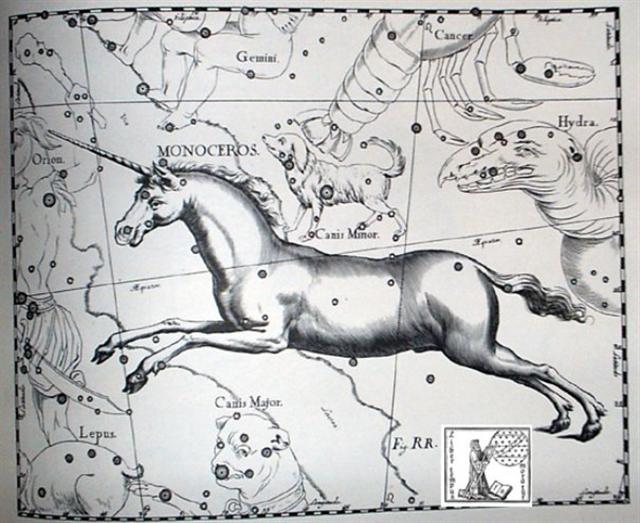
The straight and
single horn is oriented towards
the region where the head of
Orion should have been and this horn
has been rotated time and again:
Hiro.
1. A
deity invoked when praying for
rain (meaning uncertain). 2. To
twine tree fibres (hauhau,
mahute) into strings or
ropes.
Ohirohiro,
waterspout
(more exactly pú ohirohiro),
a column of water which rises
spinning on itself.
Vanaga. To spin, to twist. P
Mgv.: hiro, iro,
to make a cord or line in the
native manner by twisting on the
thigh. Mq.: fió, hió,
to spin, to twist, to twine.
Ta.: hiro, to twist. This
differs essentially from the
in-and-out movement involved in
hiri 2, for here the
movement is that of rolling on
the axis of length, the result
is that of spinning. Starting
with the coir fiber, the first
operation is to roll (hiro)
by the palm of the hand upon the
thigh, which lies coveniently
exposed in the crosslegged
sedentary posture, two or three
threads into a cord; next to
plait (hiri) three or
other odd number of such cords
into sennit. Hirohiro, to
mix, to blend, to dissolve, to
infuse, to inject, to season, to
streak with several colors;
hirohiro ei paatai, to salt.
Hirohiroa, to mingle;
hirohiroa ei vai, diluted
with water. Churchill. Ta.:
Hiro, to exaggerate. Ha.:
hilohilo, to lengthen a
speech by mentioning little
circumstances, to make nice
oratorial language. Churchill.
Whiro
'Steals-off-and-hides'; also [in
addition to the name of Mercury]
the universal name for the 'dark
of the Moon' or the first day of
the lunar month; also the deity
of sneak thieves and rascals.
Makemson. |
|
MARCH 14 → π |
15 (74) |
16 (196 - 121) |
|
te maitaki |
te henua |
kua haga te
mea ke |
manu puoko i
tona ahi |
kua heu te
huki |
|
Heu.
Offspring of
parents from two different
tribes, person of mixed
descent, e.g. father Miru,
mother Tupahotu.
Heuheu, body hair
(except genitals and armpits).
Vanaga. 1. Heheu; ivi
heheu, the cachalot, bone
needle; hakaheu, spade,
to shovel, to grub up, to
scratch the ground, to labor;
rava hakaheu,
laborious, toilsome. 2.
Hakaheu, affair. Churchill.
M. Heu, to separate, to
pull asunder; the eaves of a
house; heu, a single
hair; hau. to hew;
heru, to comb; huru,
hair on the body; down;
feathers; maheu,
scattered; maheuheu,
shrubs; mahuru, scrub;
heuea, to be separated. Text
Centre.
Nonoma ran, he quickly
went to Te Hikinga Heru
(a ravine in the side of the
crater Rano Kau) and
looked around. There he saw the
double canoe way out near the
(offshore) islets, and the two
(hulls of the canoe) were lashed
together. |
 |
 |
 |
 |
 |
|
Ca5-12 |
Ca5-13 (472 / 4 = 118) |
Ca5-14 (78 + 41) |
Ca5-15 (120) |
Ca5-16 (11 * 11) |
|
July 16
AZMIDISKE = ξ Puppis
(117.4)
*76 = *117.4 - *41.4 |
17
φ Gemini (118.4)
*77 = *118.4 - *41.4 |
18
DRUS = χ Carinae
(119.9) |
19 (200 = 79 + 121)
ω Cancri (120.2) |
20
8h (121.7)
χ Gemini (121.0),
NAOS = ζ Puppis
(121.3) |
|
MARCH 17 |
18 |
19 (78 = 199 - 121) |
20 |
21 (0h) |
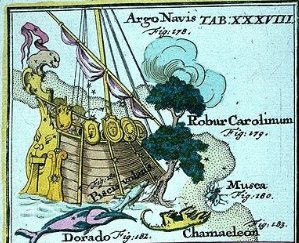
The Sun was
placed at the Stern → star as in
starboard for the right side of
the ship, the place for women. X
was formed by the timbers which
had held the Sail (Ra) in
its proper place, the structure
of which, however, the collision
with the Oak had broken to
pieces. Drus → L. dūrus
= hard (as oak).
... The seventh tree is the oak,
the tree of Zeus, Juppiter,
Hercules, The Dagda (the chief
of the elder Irish gods), Thor,
and all the other Thundergods,
Jehovah in so far as he was
'El', and Allah. The royalty of
the oak-tree needs no enlarging
upon: most people are familiar
with the argument of Sir James
Frazer's Golden Bough, which
concerns the human sacrifice of
the oak-king of Nemi on
Midsummer Day. The fuel of the
midsummer fires is always oak,
the fire of Vesta at Rome was
fed with oak, and the need-fire
is always kindled in an oak-log.
When Gwion writes in the Câd
Goddeu, 'Stout Guardian of the
door, His name in every tongue',
he is saying that doors are
customarily made of oak as the
strongest and toughest wood and
that 'Duir', the Beth-Luis-Nion
name for 'Oak', means 'door' in
many European languages
including Old Goidelic dorus,
Latin foris, Greek thura, and
German tür, all derived from the
Sanskrit Dwr, and that Daleth,
the Hebrew letter D, means
'Door' - the 'l' being
originally an 'r'. Midsummer is
the flowering season of the oak,
which is the tree of endurance
and triumph, and like the ash is
said to 'court the lightning
flash'. Its roots are believed
to extend as deep underground as
its branches rise in the air -
Virgil mentions this - which
makes it emblematic of a god
whose law runs both in Heaven
and in the Underworld ... The
month, which takes its name from
Juppiter the oak-god, begins on
June 10th and ends of July 7th.
Midway comes St. John's Day,
June 24th, the day on which the
oak-king was sacrificially
burned alive. The Celtic year
was divided into two halves with
the second half beginning in
July, apparently after a
seven-day wake, or funeral
feast, in the oak-king's honour
...
... Robur Carolinum,
Charles' Oak, the Quercia
of Italy and the Karlseiche
of Germany, was formally
published by Halley in 1679 in
commemoration of the Royal Oak
of his patron, Charles II, in
which the king had lain hidden
for twenty-four hours after his
defeat by Cromwell in the battle
of Worcester, on the 3rd of
September 1651
...
Raa.
Sun; day; i te raá nei,
today; raá îka, good day
for fishing. Vanaga. 1. Sun. 2.
Day. 3. Time. 4. Name of
sub-tribe. Fischer.
Te manu i te raá
=
comet. Barthel.
'... The substitution of the sun
for the sail, both of which are
called ra or raa
in Polynesia, is a remarkable
feature in Easter Island art ...
' Heyerdahl 3.
1. The sun;
raa ea mai,
raa puneki, sunrise;
raa tini,
raa toa, noon. P
Mgv., Ta.:
ra, the sun. Mq.:
a, id. 2. Day, date;
a raa nei a, to-day,
now;
raa i mua, day
before. P Mgv., Ta.:
ra, a day. Mq.:
a, id. Churchill.
'... The chief thus makes his
appearance at Lakeba from
the sea, as a stranger to the
land. Disembarking at the
capital village of Tubou,
he is led first to the chiefly
house (vale levu) and
next day to the central
ceremonial ground (raaraa)
of the island ...' (Islands of
History)
Ta.: toraaraa,
to raise up. Churchill 2.
LA, s. Haw., sun, light,
day. N. Zeal., ra, sun,
day. Marqu., a, id. Sam.,
la, id. Deriv.: Haw.,
lae, be light, clear,
shining; lai, shining as
the surface of the sea, calm,
still; laelae and
lailai, intens. Sam.,
lelei, something very good;
lala, to shine;
lalangi, to broil. Fiji.,
rai, to see, appear;
rai-rai, a seer, a prophet.
Teor., la, sun. Aru
Islands, lara, id.;
rarie, bright, shining.
Amblaw., laei, sun, day.
Irish, la, lae,
day. Laghmani (Cabul), la'e,
day. Sanskr., laj,
lanj, to appear, shine;
râj, to shine. Ved., to
govern; s. a king. If, as
Benfey intimates, the Sanskrit
verb bhrâj, to shine, to
beam, is 'probably abhi-râj',
an already Vedic contraction,
then the Polynesian root-word
al and lae will
reappear in several of the West
Aryan dialects. Lat.,
flagrare, flamma,
flamen. Greek, φλεγω,
φλοξ.
A.-Sax., blac,
blæcan,
&c.
Probably the universal
Polynesian
lani,
langi,
rangi,
ra'i,
lanits
(Malg.) designating the upper
air, sky, heaven, and an epithet
of chiefs, refers itself to the
same original
la,
lai,
lanj,
referred to above, to which also
be referred: Welsh,
glan,
clean pure, bright, holy. Sax.
clæne,
clean, pure. Swed.,
ren,
clean. pure;
grann
(?), fine, elegant. It may be
noted in connection with this
word, either as a coincidence or
as an instance of ancient
connection, that in the old
Chaldean the name of the sun and
of the Supreme Deity was
Ra,
and that in Egypt the sun was
also named
Ra.
LA²,
s. Haw., Sam., Tong.,
ra.
N. Zeal., the sail of a canoe;
abbreviated from, or itself an
older form of, the Fiji.
laca,
a sail, also the mats from which
the sails were made. Sunda.,
Mal.,
layar,
sail. Malg.,
laï,
sail, tent, flag. Sanskr.,
lâta
(Pictet), a cloth;
latâ
(Benfey), a creeper, a plant;
lak-taka,
a rag. As mats and clothing in
primitive times were made of
bark or flexible plants, the
connection between the Sanskrit
latâ
and Polynesian
laca,
la,
becomes intelligible. Armen.,
lôtig,
a mantle. Lat.,
lodix,
a blanket. Irish,
lothar,
clothing. (Fornander)
 |
The Gemini twins were
standing on the western shore of the
great Milky Way River. Therefore they
had to be depicted as leaning
away from the
horizontal as defined by the sky equator:
Possibly we have here an
explanation for why such glyphs as
the Ship and the Good sign were
drawn vertical (i.e. a quarter
of a turn away from the
direction defined by the horizon
at the equinoxes):

 |
 |
|
Rei |
maitaki |
Maitaki could illustrate the
horizon with 3 Full Moons halfway up
together with their reflections on
the surface of the sea.
3 * 29½ + 3
* 29½ = 177 (= 354 / 2) and together with 1 day
for the horizon it should become 177
+ 3 = 180.
The Milky Way
sometimes looked like a gaping
monster ('shark', 'crocodile'), at
other times like a canoe (on its way
to going down), or as a tall tree (Ra-kau):
|
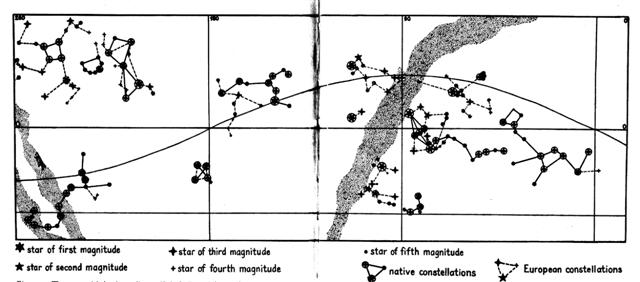
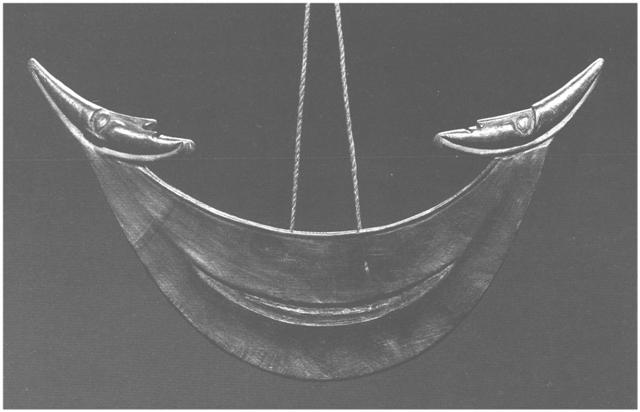
.jpg)
